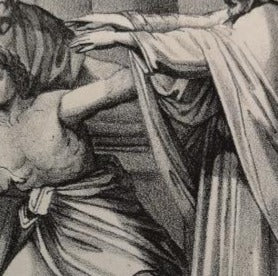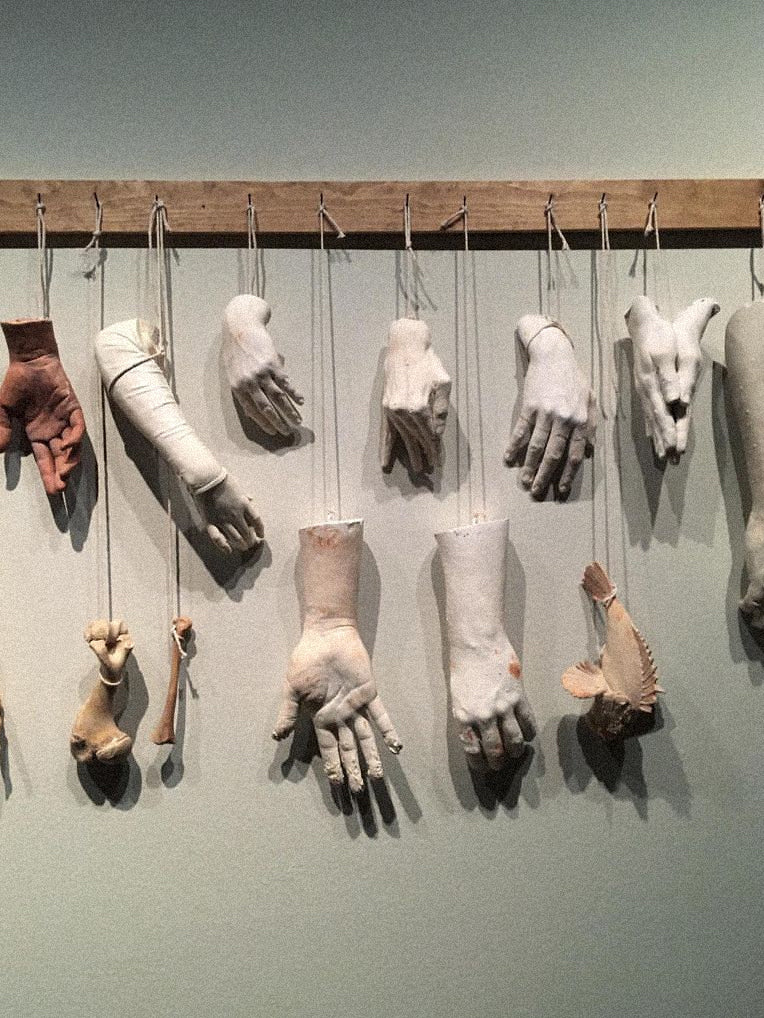
GOSPELARIO: TAUMATURGO
From Classical Greek ‘thaumatourgós’, which breaks down into ‘thaûma’, "miracle" or "wonder," and ‘érgon’, "work" or "act." Literally, "worker of wonders".
TAUMATURGO (noun, m.)
I — A person who performs magic or extraordinary acts.
II — Somebody regarded as a channel for divine power, performing miracles as a vessel of the gods.




The hood of the TAUMATURGO transforms into a mask, channeling the power of concealment and transformation found in ancient rituals.

'Ofrenes i vestigis' — Gerard Mas, Montserrat Museum 2020
Throughout history, different saints and secular figures have been recognized as thaumaturges for their abilities to perform wonders. Let’s take a look at some:
San Martín de Porres, a 16th-century friar born in Peru and the first mulato saint in America, was said to possess the supernatural ability of bilocation—being in two places at once. Without leaving Lima, he was reportedly seen in Mexico, Africa, China, and Japan. Sometimes he would leave the convent to care for a seriously ill person and return without a key and without anyone letting him in, explaining simply, ‘I have my ways of entering and exiting.’ Animals obeyed his commands. He was able to get a dog, a mouse, and a cat to eat peacefully from the same plate.


Detail of a Japanese Kuan Yin —Carving (12th cent.)
Ichadon (異次頓), was a Buddhist monk and advisor to Silla King Beopheung in the early 6th century. Aiming to establish Buddhism as the state religion against court opposition, Ichadon crafted a fake royal decree. When the scheme was discovered, he willingly faced execution, predicting that a miraculous event at his death would demonstrate Buddhism’s divine favor. His prophecy was fulfilled; the earth shook, the sun darkened, flowers rained from the sky, and milk instead of blood sprayed from his beheaded corpse. The omen was accepted by the opposing court officials as a manifestation of heaven's approval, and Buddhism was made the state religion.

Mother Shipton was a prophetess in 15th-century England. Legends tell of her extraordinary encounters where she would utter prophecies that left her contemporaries both terrified and awestruck. According to lore, she was born in a cave by a river and exhibited prophetic and healing abilities from an early age. Her prophecies, often presented in rhymed couplets, were said to predict events centuries ahead, including the Great Fire of London, the advent of steam-powered ships, and even the World Wars, intriguing scholars and skeptics alike for centuries.








